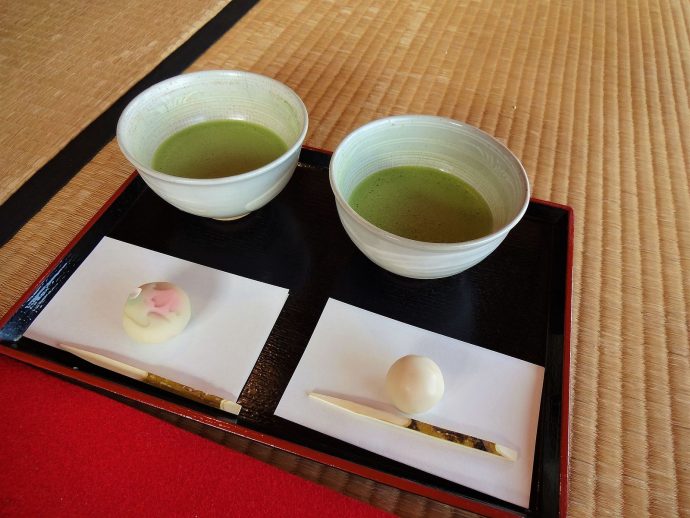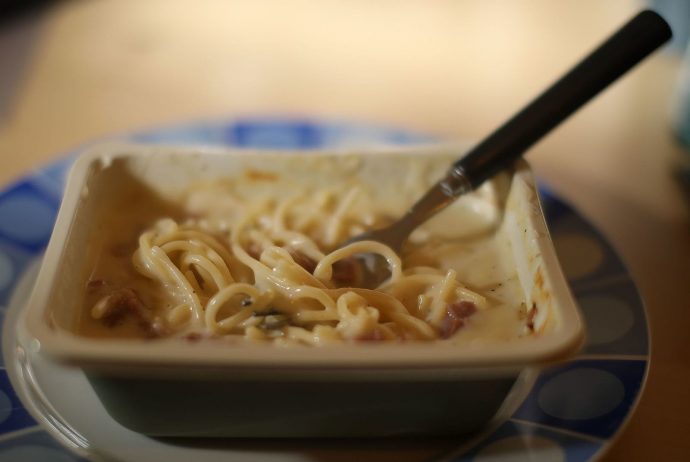What Can Japanese Rituals of Tea-Drinking and Food Enjoyment Teach Us?
What and how people eat tells the secret of their relationship with food, which can – and perhaps should – be elevated from body-fueling tool to dining pleasure. In certain cultures, the cook makes an artistic demonstration of food preparation and adds ‘heart’ to the meal they’re cooking. One culture where the ceremony of food and drink is especially important is Japan. So what are they doing right and what can be learnt from it?
The English may be tagged as the world’s tea drinkers but it’s Japan that truly embodies the art of tea drinking. In the Far East, tea is not just a simple beverage but an elixir for health and an emblem of occasion. The age of this tea drinking tradition drives the point home: the UK’s tea drinking habits only gained traction around the 18th century, while Japan has been solidifying the ritual for over a millennium.

Source: Wikimedia
The ceremonial aspect is not merely a matter of pouring hot water into a cup. Chanoyu, also known as Sado or Ocha, is the ceremony for Japanese tea drinking, the art of celebrating various teas. This ritualistic event is often associated with the preparation and serving of matcha, a tea known for its bitter taste. It is for this reason that the tea is served with Japanese sweets, which act as flavor counterbalances.
The ritual is designed to be both aesthetically pleasing and socially encouraging. Making a tea from the heart is the key aim of the host, who transfixes their guest with gentle movements and precise gestures. It is a tradition that proves it’s possible to turn something seemingly mundane into a magical experience. Neither is it limited to tea. The Japanese banqueting tradition is also a ceremonial experience to behold, with several courses elegantly presented – often selected for the occasion by the chef.
Many of the tea varieties in the Chanoyu have a synonymy with health that has now pervaded the Western world, but the sad reality is that not every western country maintains food appreciation. There is a lack of magical relationship with food in today’s busy generation – busy lives play a huge part in limiting our ability to dine together with traditional table setting and unity; but goodnet.org illustrates some scientifically proven benefits of a family dinner, including combating eating disorders from anorexia to obesity by dining together.
Unfortunately, ready meals are often the go-to choice for families, which has resulted in many other health problems. Sites like diabetes.org.uk aim to educate people about the importance of eating sensibly when it comes to the maintenance of this disease. But there are still viable ways of actually taking time to enjoy the food and explore new, worldly options.

Source: Wikimedia
The trick is to limit overconsumption, indulging a little does not always have to come with dire consequences if balanced out with healthy eating habits. Alternatively, food delivery companies like deliveroo.com.au open up choice and experimentation – in tea-drinking and in food-consumption alike – to busy consumers and the possibility of ordering in healthy food is becoming more widespread.
The lessons in life are always around and every keen observer can appreciate the potential influence. Home dining experiences could once more become an occasion of celebration, and we have a lot to learn from the Japanese when it comes to incorporating ceremony into our everyday dining.
